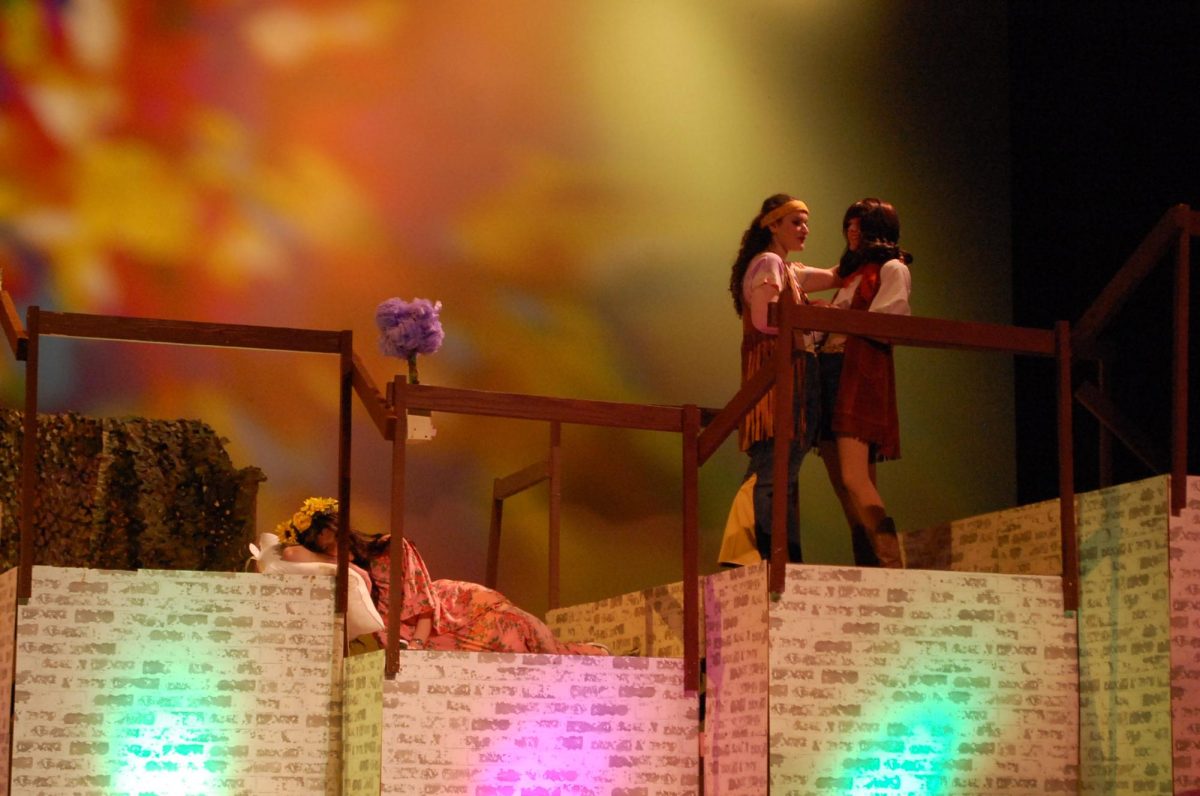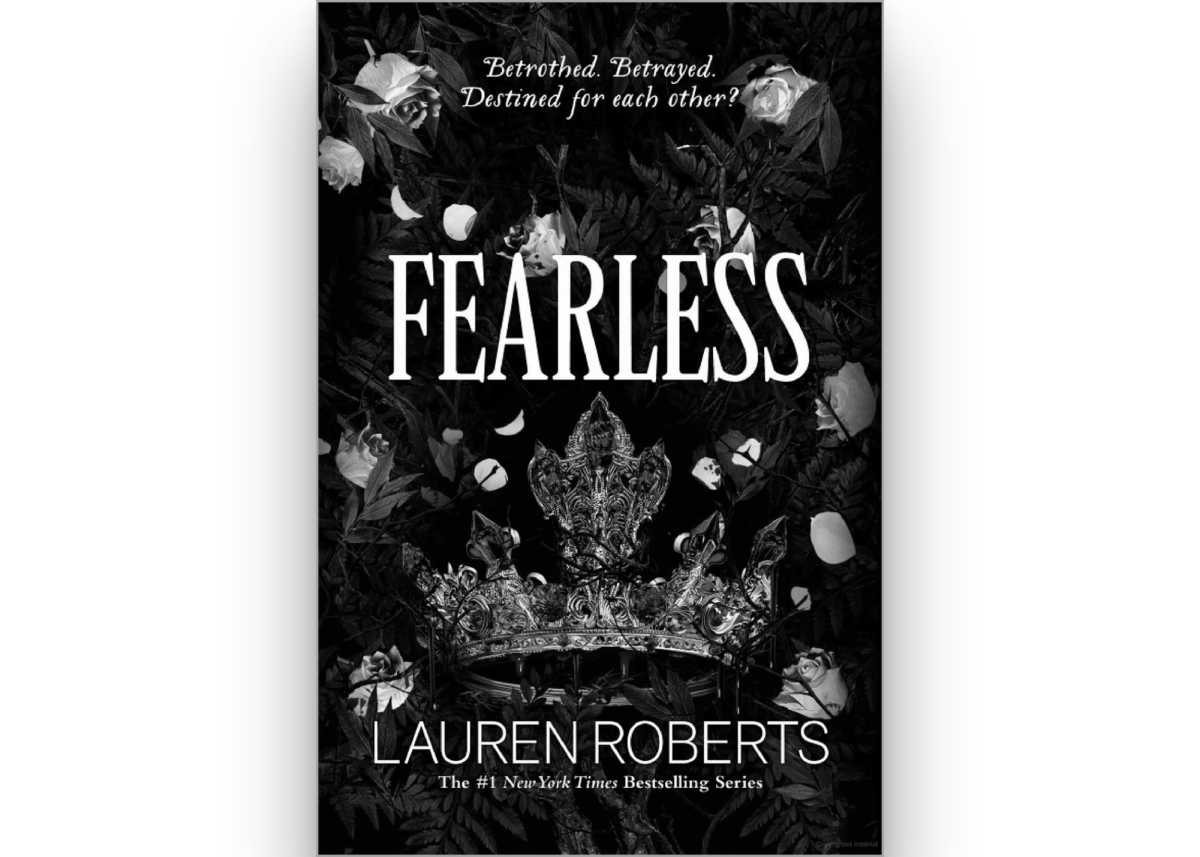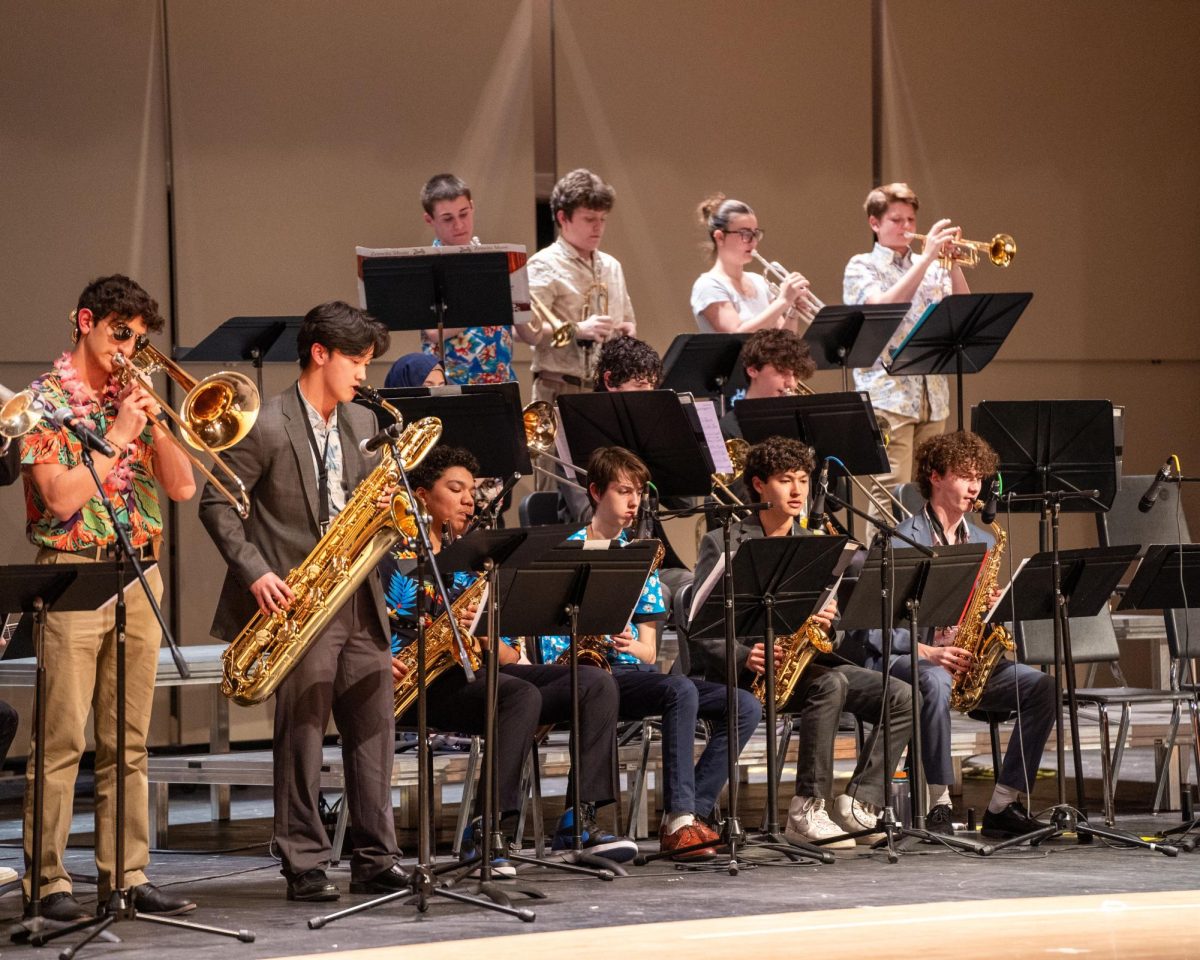
LM students built a display in their category at the Pennsylvania Horticultural Society (PHS) Philadelphia Flower Show on February 27 and 28, participating in the nation’s largest and longest running flower show. Their hard work and consistent efforts were rewarded with a second place finish in the first round of judging, and then a third place finish in the second round. Since October, the club has been working tirelessly to curate a selection of plants, design the layout, and assemble the necessary pieces to create a cohesive arrangement.
The theme of the competition was Back to the Future. The flower show includes many different categories that different teams compete in, such as window, table, and front door displays. LM competed in the category of garden rooms, which allowed them to include components such as outdoor containers, pavers, furniture, and other accessories. The physical display was sixteen by twelve feet, a spacious area that allowed the students to utilize their creative capabilities to construct and design with utmost detail.
LM’s success at the flower show was a result of months of hard work and planning. Stiebitz explained, “Starting in October, we worked with the criteria, and thanks to the student’s ideas and brainstorming, we came up with the idea of an urban garden, [to] inspire people who live in the Philadelphia area, even if they have a small backyard garden, [to] maximize their space with a shed and a rain barrel.” The students worked together to gather inspiration, hone designs, and create a color scheme and list of plants to be exhibited, all while managing their 2,000 dollar budget meticulously.
The criteria stated that the garden must include distinct historical elements, as well as at least one sustainable element. One sustainability feature was a rain barrel. Laura Stiebitz, English teacher and club sponsor said, “In October, we had this incredible drought, so we tried to model for the viewers that collecting the rain from the gutters can be resourceful but also a natural accent piece to the garden. The other sustainability feature we had was our clothesline, to show that you can hang up your clothes to dry instead of using the dryer.”
The major historical centerpiece of the exhibit was the ten foot tall shed, implementing rustic and old-timey decor to invoke a historical vibe. It was a humongous task that required both teamwork and careful planning to map out. The shed itself was designed by Dotun Okunade ’25. He explained, “I spent about three weeks designing and making sketches for the shed. Mrs. Stiebitz got a lot of old reused stuff… we didn’t spend too much on extra resources. We did get some resources from Players like wood and screw guns, and a janitor, Paul Chichewiz, helped us out with technical details.” At the exterior of the shed was a small, aged tricycle—another historical element. However, the seat was broken and could not be a functioning part of the display until Stiebitz turned to Chichewiz again for help. He remarked, “The bicycle seat was not fixed firmly, so I created a replacement made out of plywood in the shape of the original seat, stained black and finished in a matte kind of way and patinated the hardware so it looked as old as the rest of the tricycle, but provided a flat and stable platform.”
Chichewiz’s creative mind also saw an innovative way to improve the rain chain connecting to the barrel. “The first thing I noticed with the rain chain was that several pieces were broken, and I offered to fix that,” he explained. “I thought it would be nice to make it into an active water feature. I took a little pump and a plastic five gallon bucket and inserted it into the wooden barrel, and then weaved a clear plastic tube through the rain chain to pump water up and trickle back down to create an effect.” This added an extra layer complexity to the rain barrel, cementing it as the centerpiece of the display.
One difficulty that was encountered was the timing of the blooms. Many of the plants in the display do not naturally fully bloom during the month of March, and plants like Echeveria Raindrops, Zinnia Benary’s Salmon Roses, and Ammi White Lace do not mature until the summer months. In order to gather the necessary plants to carry out their vision, Stiebitz worked with the company Landcraft Growers, a wholesale plant nursery based in Maryland. She said, “I worked with them to figure out size, color, and texture, and then bring those ideas back to the students so we could hone our final list of plants. We ordered our plants on October 31. We have to plan a lot ahead of time because in our display, what you see in bloom is not going to be in bloom until May or June or July. So, in order to get those flowers ready for the show, greenhouses force them. That means they grow them in warm greenhouses. They pump extra oxygen and extra light to make them flourish in time.”
After all of the pieces had been gathered, they were transported on-site, where the students were given roughly twelve hours total over the course of two days to completely assemble their designs. No matter how carefully they planned ahead, there were inevitable logistical challenges while assembling the display. Viola Wilent ’27, one of the students involved, said, “There may have been a mistake with aligning the gutter to the top of the shed. From an engineering standpoint, one small error can sort of be magnified later on.”
The PHS Philadelphia Flower Show is a massive undertaking and a passion project of dedicated students working together with determination and perseverance. Their teamwork and collaboration allowed their ambitious goals to be achieved. “It’s hard to put into words how meaningful the experience is until you’re there and experiencing it,” said Stiebitz, reflecting on her journey this year leading the team creating LM’s flower show. “And once you do, the caliber of the show is just so impressive in terms of creativity and the number of people involved, that it can be a really inspiring experience that I hope stays with students for many years.”






